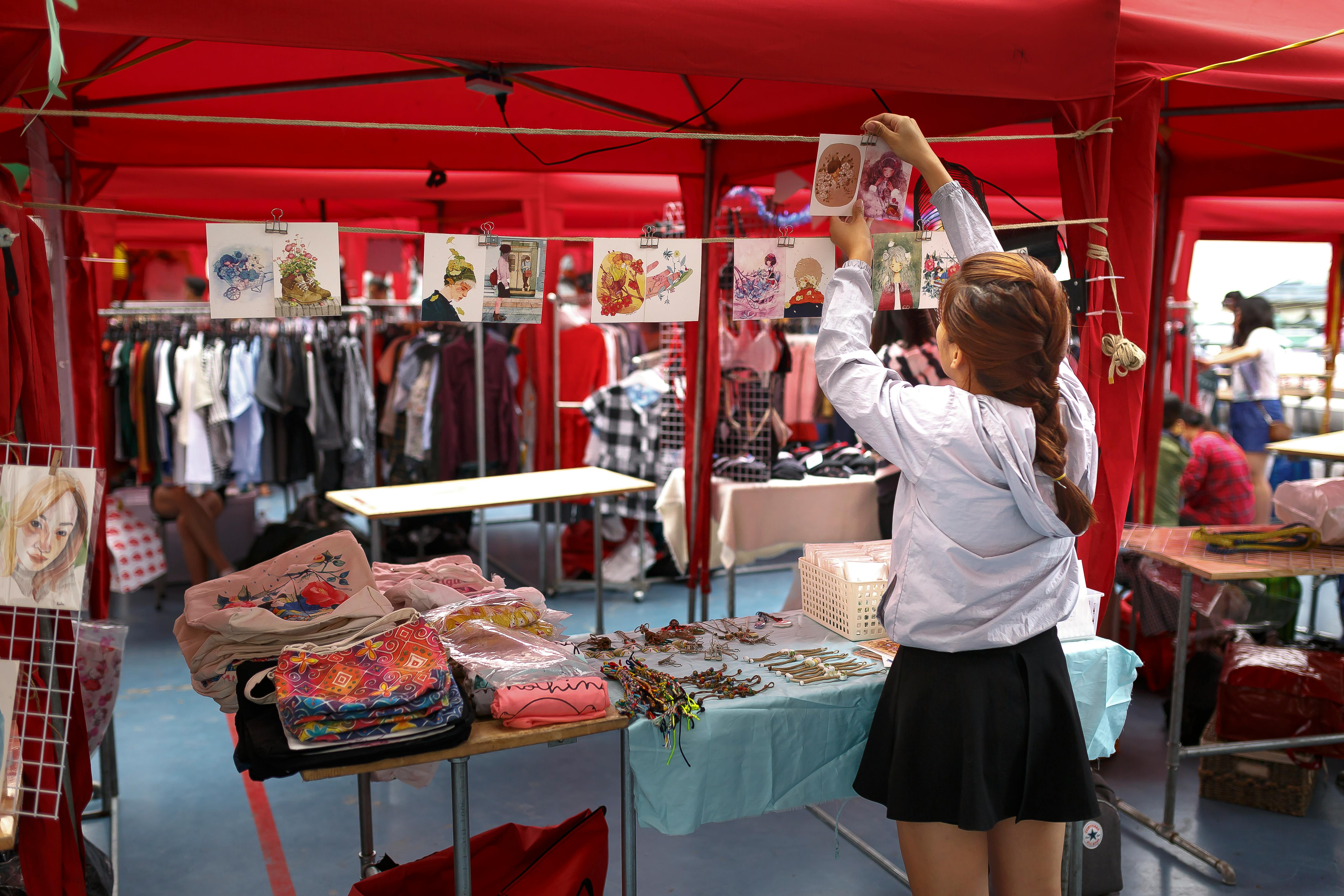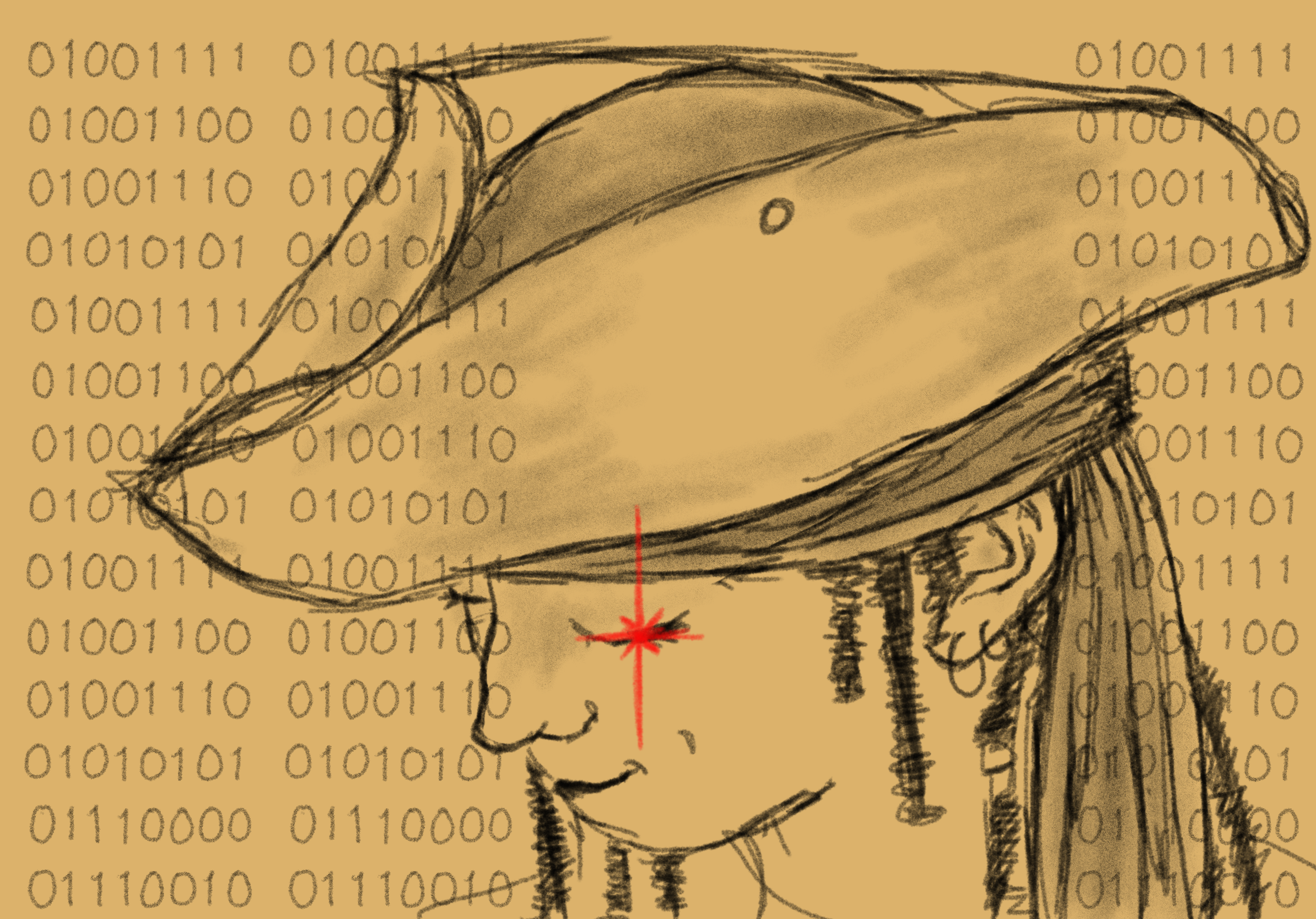
While the word “isolation” has taken on a strong, and notably negative, connotation this year as a result of the pandemic, one UBCO lecturer is enthusiastically undergoing isolation throughout the final month of 2020. I sat down over Zoom with Andreas Rutkauskas, a lecturer in the Faculty of Creative and Critical Studies, to find out what he’s up to in the middle of the snowy woods of Quebec.
Jayme: Tell us what you’re up to in Quebec this month.
Andreas: I’m currently an artist in residence for the month of December. My intention during this time is to prepare an exhibition that is forthcoming, hopefully in mid-April of 2021. I arrived on December 4th and almost immediately went to an artist-run center in Sherbrooke called Sporobole. At that time, I had three objectives. The first was to print all of the images that I’ve been working with for a project on wildfires that I began in 2017 in the Central Interior of BC. I printed 24 images, which were all made with a 4x5 film camera and will eventually be enlarged to a very large scale. This is the first time in the project’s history that I’ve seen all of the images together.
Next, over the past few months, I’ve also been working on another aspect of that project, which utilized an 8k 360-degree immersive camera. This is a collaborative research project with a number of other collaborators from various departments at UBCO. We acquired the camera in late October, and so I’ve been capturing immersive still images as well as video footage of wildfires. The nice thing about Sporobole is that they have an emerging media and visualization lab. Their technicians, Gaétan and Renaud, worked with me to put together some of that 360-degree footage.

And the third objective during that “mini-residency” within this residency, has to do with education and community, which are really fundamental priorities for the Fondation Grantham, which is where I’m speaking to you from today. This beautiful building was designed by Canadian architect Pierre Thibault. It’s called the Fondation Grantham pour l’Art et l’Environment and it’s in Saint-Edmond-de-Grantham in the Centre-du-Québec region. Up until the pandemic put a hold on things, they had been bringing students from all different levels into the Foundation for educational purposes. So, we decided with the current state of things that it would be best to record educational videos for them instead. I’m doing an artist talk, and I also talk about fire-adapted ecosystems, climate change in Western Canada, and open up space for dialogue regarding the loss of biodiversity and other phenomena of climate change within Centre-du-Québec. The landscape here is very different from the West, but there are still many parallels that can be drawn between the two.

And lastly, for the rest of the time, I’ve been meeting up with others that are involved with the project either at their studios or over Zoom. For example, the curator of the exhibition, Geneviève Chevalier, and the writer who will contribute to the accompanying publication, Mark A. Cheetham. Other than that, I’ve also been using this as an opportunity to catch up on my own practice. As a lecturer at UBCO, I’ve had quite a heavy academic load and obligations to the university, so this has been a great time for me to really focus on my own projects, bring work that I’ve already done to fruition, as well as utilizing this as a time of personal reflection.
I’ve been taking walks on the land. I usually walk about five kilometers per day, sometimes at night, and there’s a pack of wolves that live on the land, which is really amazing—I’ve been hearing them howl at night. The objective of these walks is to think about the landscape; there are sections of the forest that have been clear-cut and replanted over the years with homogenous species. I could use that as an educational comparison to discuss managed forests and homogenous replanting following clear-cutting and the problems we’re facing as a result of these practices.

Jayme: Where will the exhibition take place?
Andreas: Actually, it will take place exactly where I’m living right now. Overall, the building is designed as a gallery, first-and-foremost, but it can also accommodate an artist in residence. Everything you see here, the bed and the kitchen, is designed to be concealed: the bed is a murphy bed, so it folds into the wall and there are sliding walls that hide the kitchen. The concept is that the work is going to engage with the architecture and the forest outside. The timing of the exhibition in Spring is important because things will be greening up outside which will be a nice complement to some of the images that represent regeneration. The idea of a live-in exhibition space is a really unique concept, I can’t think of any other examples, within Canada, at least.

Jayme: How can students take advantage of these residencies that are on offer?
Andreas: The Fondation Grantham juries by submission and the deadline is usually in autumn for the coming year. They offer two residencies each year, one for an artist and the other for a scientist. Some other great resources would be akimbo.ca: a mailing list where they have calls for exhibitions, proposals, public art projects, and residencies. On a more international scale, there’s e-flux: they have a mailing list to publicize opportunities. Also wooloo.org. As well, within Canada look into the Canadian Artist-Run Centre Directory. That resource has application deadlines, mandates, floorplans, and images of the gallery spaces. I would also encourage people to follow these centers and foundations on social media where they often post updates and information. Even in Kelowna, the Alternator Centre offers a studio space and residency program of 6 months, so it gives you an opportunity to have a place to make work, which, in places like Kelowna, can be challenging.




